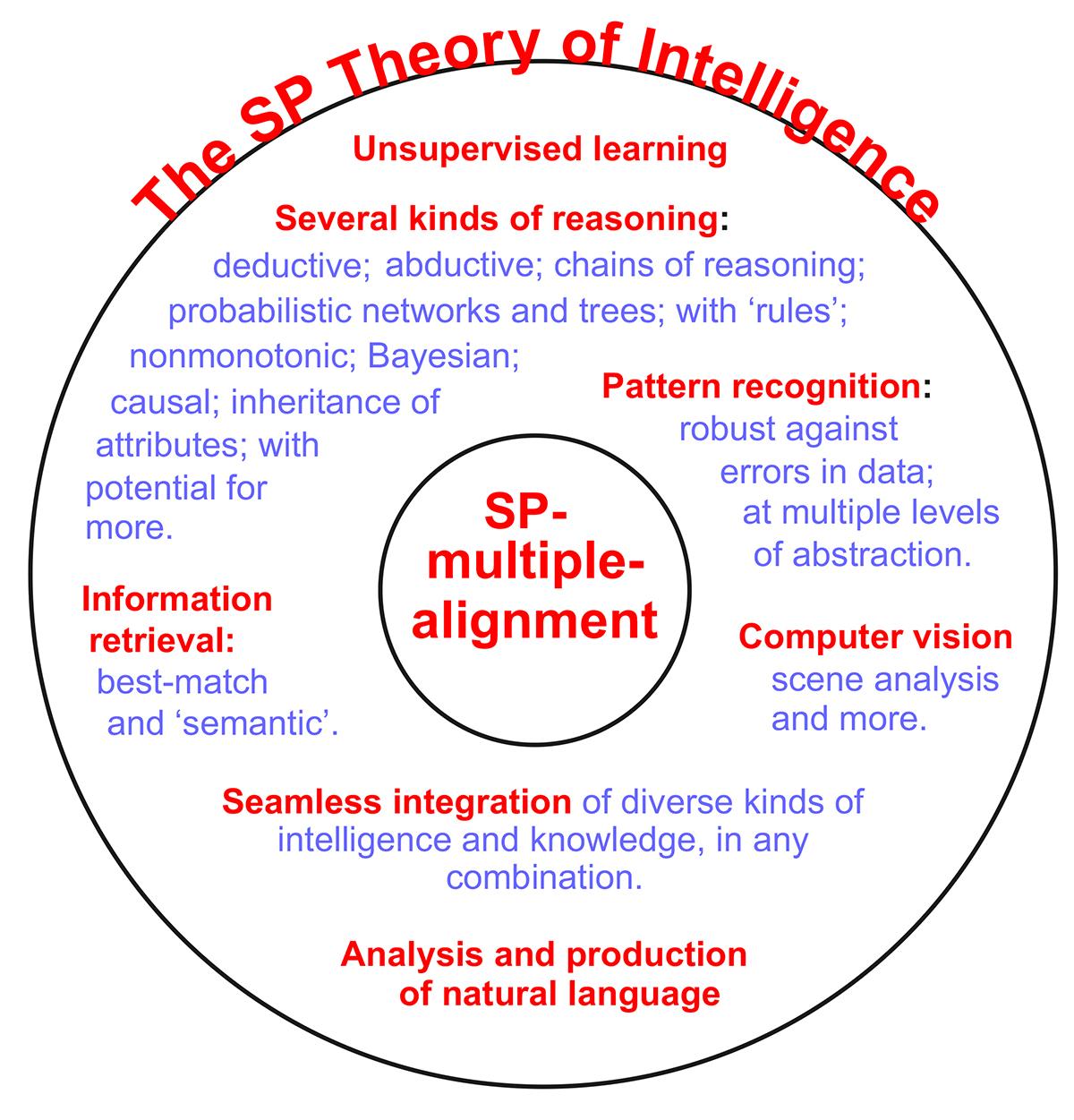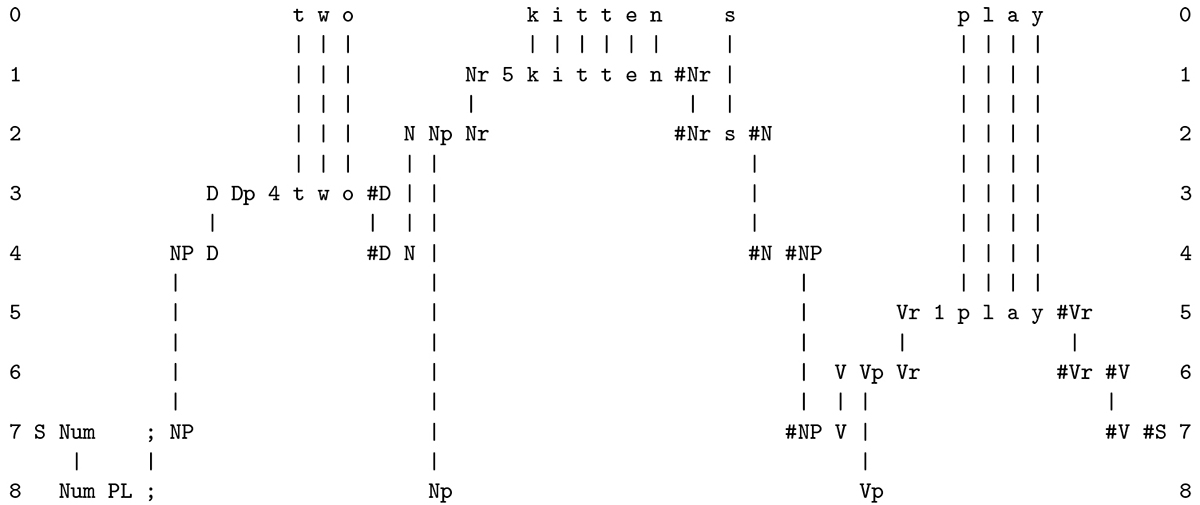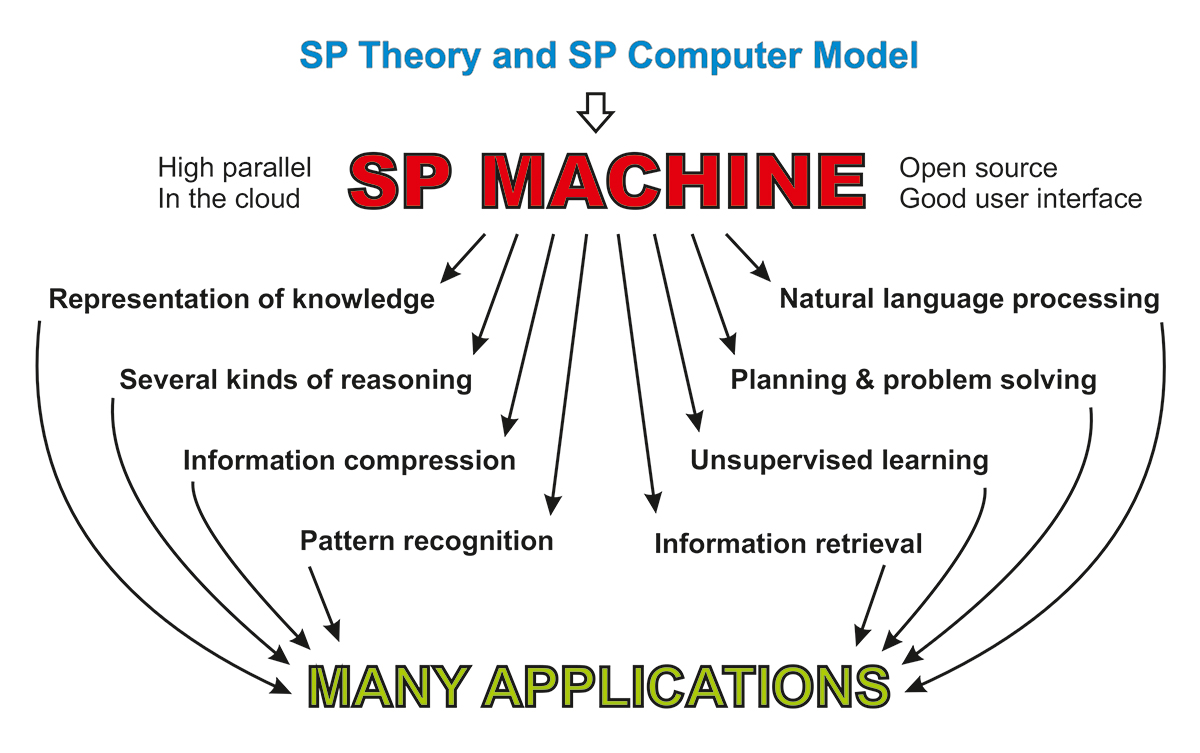Dr J Gerard Wolff, Director at CognitionResearch.org describes the SP System – a promising foundation for the development of human-like general artificial intelligence
As far back as 1969, Dr Horace Barlow (now Professor Barlow FRS) wrote that the processes of compressing information by extracting unnecessary repetition from it “… have a rather fascinating similarity to the task of answering an intelligence test, finding an appropriate scientific concept, or other exercises in the use of inductive reasoning. Thus, [the compression of information] may lead one towards understanding something about the organization of memory and intelligence, as well as pattern recognition and discrimination.”
Since then, those prescient insights have been born out in spades:
- There is abundant evidence for the importance of information compression (IC) in human learning, perception, and cognition.1
- Somewhat surprisingly, there is also good evidence that mathematics, which is the product of human brains and is designed as an aid to human thinking, may be seen as a set of techniques for IC, and their application.2
- And IC is fundamental in the SP System (meaning the SP Theory of Intelligence and its realisation in the SP Computer Model), which is the main subject here.
The SP System
The SP System is the product of a lengthy programme of research, seeking to simplify and integrate observations and concepts across AI, mainstream computing, mathematics, and human learning, perception and cognition, with IC as a unifying theme.

Versatility
This strategy has paid dividends, as illustrated schematically in Figure 1.
The SP System exhibits strengths and potential in a wide range of AI-related capabilities, including unsupervised learning, several kinds of reasoning, the analysis and production of natural language, and several more. It demonstrates versatility in the representation and processing of diverse forms of knowledge. And it supports the seamless integration of diverse aspects of intelligence and diverse kinds of knowledge, in any combination.
In addition, the SP System has things to say in several areas of application, including ‘big data’, autonomous robots, computer vision, medical diagnosis, and more, described in peer-reviewed papers.
The SP System has clear potential to solve several problems in the development of human-like general AI, described by leading researchers in AI in interviews with science writer Martin Ford, and reported by him in his book Architects of Intelligence.3

SP-multiple-alignment
The versatility of the SP System is largely due to the powerful concept of SP-multiple-alignment, borrowed and adapted from the concept of ‘multiple sequence alignment’ in bioinformatics. An example of an SP-multiple-alignment is shown in Figure 2.
The aim in creating SP-multiple-alignments like this is to find an alignment of matching symbols that allows the ‘New’ sequence in row 0 to be encoded economically in term of the ‘Old’ sequences in rows 1 to 8.
With this example, the effect is to analyse or ‘parse’ the sentence in row 0 in terms of the grammatical constructs in the other rows. But SP-multiple-alignments can do much more than this. They are largely responsible for the versatility of the SP System in aspects of intelligence, and in the representation and processing of diverse forms of knowledge, mentioned earlier.
It is anticipated that the SP-multiple-alignment construct will be generalised for two-dimensional arrays of symbols (as well as one-dimensional sequences) to facilitate the representation and processing of images and diagrams.

The SP Machine
We believe that the SP System is a good foundation for the development of human-like general AI, better than any alternative. We aim to develop a highly parallel SP Machine, based on the SP Computer Model and the SP Theory, with many potential applications, as shown in Figure 3.
It is anticipated that the creation of a first version of the SP Machine will open the door to a process of further research towards the development of an industrial-strength system. In this research, we would welcome contributions from research groups and individual researchers, anywhere in the world.
Further information:
Key publications: tinyurl.com/ybo2r7g9.
All documents: tinyurl.com/y8v368og.
Contact: jgw@cognitionresearch.org.
References
1 “Information compression as a unifying principle in human learning, perception, and cognition (https://www.hindawi.com/journals/complexity/2019/1879746/),” Complexity, vol. 2019, Article ID 1879746, 38 pages, 2019, DOI: doi.org/10.1155/2019/1879746 (https://www.hindawi.com/journals/complexity/) (PDF: bit.ly/2GdIqnY).
2 “Mathematics as information compression via the matching and unification of patterns,” Complexity (https://www.hindawi.com/journals/complexity/2019/6427493/), vol. 2019, Article ID 6427493, 25 pages, 2019, DOI: doi.org/10.1155/2019/6427493 (PDF, bit.ly/2LqUHIr).
3 “Problems in AI, described in the book ‘Architects of Intelligence’ by Martin Ford, and how they may be solved via the SP System (http://www.cognitionresearch.org/papers/overview/sparchai_complexity.pdf) (PDF, bit.ly/2yg5GRy, submitted for publication).
Please note: This is a commercial profile











